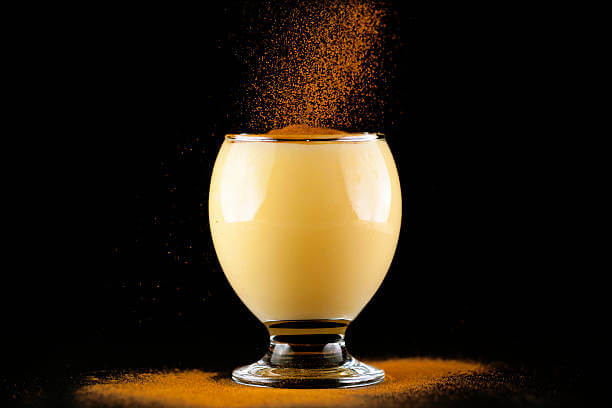Ogi, also known as pap, akamu, or koko, has been a staple food in Nigeria for centuries, and it is enjoyed by people of all ages. Its unique taste and texture make it a popular breakfast food, and its versatility is what makes it treasured.
In this post, we will cover the history and culture of Ogi, learn how it is made, its nutritional benefits, and how it can be served. So, if you're curious about this traditional Nigerian cereal or looking for new ways to enjoy it, keep reading!
What is Ogi?
Ogi is a traditional cereal commonly consumed in Nigeria, also known as pap, akamu, or koko. It is a popular breakfast food made from fermented maize, sorghum, or millet grains. Ogi has been a staple food in Nigeria for centuries and is enjoyed in past life and present by people of all ages.
History and Culture of Ogi
Ogi has a rich history and culture life in Nigeria. It is believed to have originated from the Yoruba tribe, one of the largest ethnic groups in Nigeria. The Yoruba people have been making Ogi for generations, and it has become an important and relevant part of their culture.
In the past, the populace used Ogi as a form of currency and traded it in markets alongside other goods. It was also used in times past as a traditional medicine to treat various ailments. Today, Ogi is still a popular food in Nigeria.

How is Ogi made?
The process of making pap involves fermenting grains such as maize, sorghum, or millet. The grains are first washed and soaked in water for a few days to soften them. The softened grains are then ground into a fine paste, mixed with water, and left to ferment for up to two days.
During the fermentation process, the mixture thickens and acquires a sour taste. The longer the mixture is left to ferment, the sourer it becomes. Once the fermentation is complete, it is filtered, and the mixture is boiled until it thickens to form a porridge-like consistency.

Varieties of Ogi
There are several varieties of Akamu depending on the type of grain used in its preparation.
White Ogi
The most common type of pap is made from maize, which is known as White Ogi or Ogi baba.
Yellow Ogi
There is also Yellow Ogi, which is made from yellow maize.
Brown Ogi
This is made from sorghum or millet.
Pap can also be flavoured with different ingredients such as sugar, milk, cinnamon, ginger, or cloves to enhance its taste and nutritional value. It can be eaten with bread, nuts, and cookies too.
Nutritional Information and Benefits of Ogi
Ogi is a highly nutritious food that provides a wide range of health benefits and nutrition. It is rich in carbohydrates, protein, fibre, and essential vitamins and minerals such as iron, calcium, and vitamin B. Ogi is also low in fat and has a low glycemic index, making it an ideal food for people with diabetes.
Ogi is also a good source of probiotics, which are beneficial bacteria that help improve digestion and boost the immune system. The fermentation process used to make Ogi produces lactic acid bacteria, which are known to have probiotic properties.

How to Serve Ogi
Akamu can be served in different ways depending on personal preference. It can be served hot or cold, and it can be eaten as a standalone meal or as a side dish with other foods at home.
Traditionally, pap is served with various options, combinations, and toppings such as milk, sugar, honey, groundnuts, coconut, or fruits such as bananas, strawberries, or mangoes. It can also be eaten at home with soups, stews, or sauces to create a more filling meal.
Ogi is a delicious and nutritious cereal that is enjoyed by many people in Nigeria. Its rich history and cultural significance make it an important part of Nigerian cuisine. With its numerous health benefits and versatility, Pap is a food that everyone should try at least once. To get your pap, instead of going all the way “to Mary Street, log Niyis.co.uk into your browser to see prices and shop away.


Share:
Is smoked catfish better than fresh ones?
10 Nutritional and health benefits of jute leaves